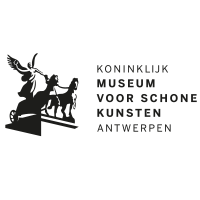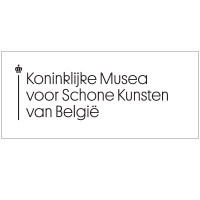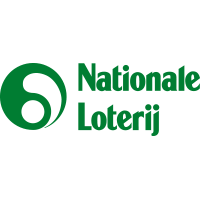ROOM 2 De Cleyn Salette – Burgomaster
Nicolaas Rockox, burgomaster of Antwerp and an art lover in every sense, lived in this urban palace with his wife Adriana Perez from 1603 onwards. He was the ‘buitenburgemeester’ (burgomaster for external affairs) at the time, in which capacity he represented the city to higher authorities, and was also head of the various civic militias. Nicolaas received a great many guests here. He had contacts both at home and abroad, in political circles but also the religious world. For over 50 years, he dominated social and cultural life in Antwerp.
 Thomas Willeboirts Bosschaert
Thomas Willeboirts Bosschaert
(Bergen op Zoom, 1613/14–Antwerp, 1654)
- Nicolaas Rockox
- Oil on panel, 1641
- Antwerp, Maagdenhuis Museum, inv. 139
Bosschaert was influenced by Anthony van Dyck. After Rockox’s death, the chaplains of Antwerp Cathedral had a monument erected to commemorate him as a benefactor of the poor. Van Dyck was approached to paint the portrait of Rockox, but he died prematurely and it was Willeboirts Bosschaert who took the commission, drawing inspiration from an earlier likeness of Rockox that Van Dyck had painted in 1621 (St Petersburg, Hermitage). Although the portrait was based on an earlier depiction of Rockox at the age of 60, he looks much younger. Portraits were generally idealised in the 17th century.
 Peter Paul Rubens
Peter Paul Rubens
(Siegen, 1577–Antwerp, 1640)
- Portraits of the Archduke Albert and Infanta Isabella
- Oil on panel, 1615
- Stansstad, Frey-Näplin Stiftung
Peter Paul Rubens was Northern Europe’s most important Baroque artist and a renowned court painter. The time Rubens spent in Italy between 1600 and 1608 had a decisive influence on his career.
Albert, son of Emperor Maximilian II of Austria, married his cousin Isabella, daughter of King Philip II of Spain, who gave the couple control of the Low Countries in a final attempt to maintain Spanish influence over the region. The Northern Netherlands – roughly the modern Dutch state – did not recognise Spanish sovereignty, and so in practice the Archduke and Infanta only ruled the Southern Netherlands (more or less modern Belgium). Albert and Isabella were patrons of the arts, stimulated the economy and promoted reconciliation after the religious troubles of the 16th century.















